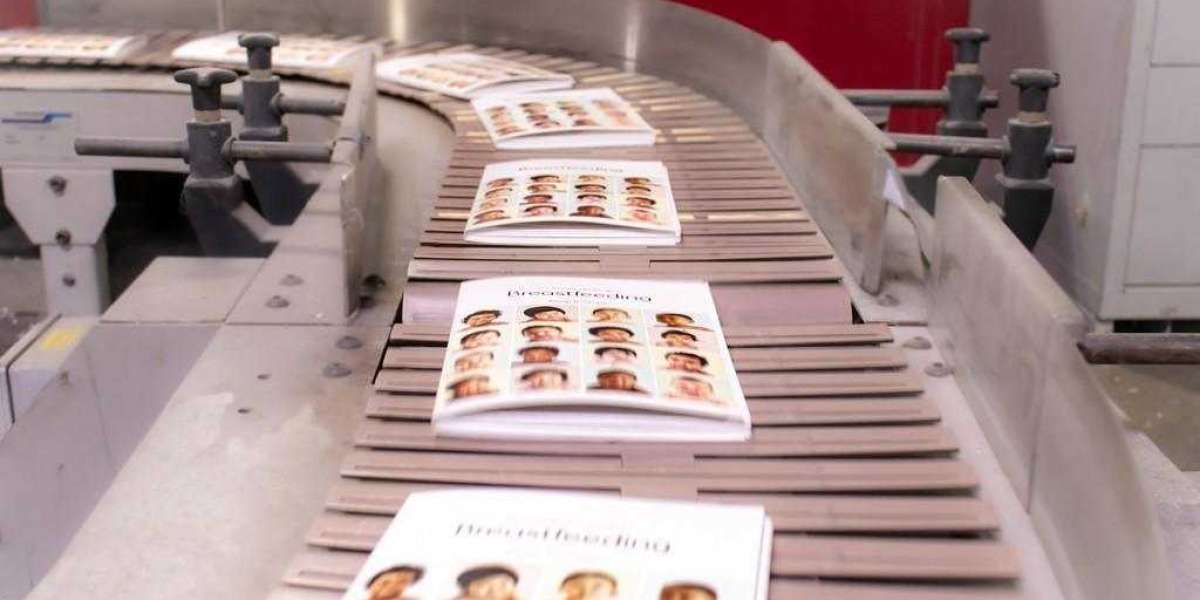As more self-published authors bring their work to readers each year, print on demand books gain more attention. For writers working outside the traditional publishing system, they are a blessing and a curse. The valuable part is a template-driven system to upload your book's content and publish copies without spending on inventory before you ring up sales. The course is losing the ability to sell your book in retail stores without direct contact with your reader-customers. Depending on your goals, you may be an excellent fit for on-demand printing, or it may be challenging. Think carefully before you sign up.
Print-on-demand is essentially an invention of the internet, namely large online booksellers looking to open a profitable addition to their business. It is spoken as an easy way for anyone to become an author, and it is if you don't mind the sacrifices. Most successful online ventures rely on user-generated content for their success, and on-demand book printing is a version of it. What works in the on-demand printers' favor is maintaining direct contact with customers. Developing the database of contacts allows for future marketing and chances to sell the same reader multiple books, with yours among them.
For self-publishers who can count on predictable book sales, much more money may be earned by staying outside the on-demand system. When you work with a conventional book printer, you can sell books anywhere in stores and online. It can be a significant advantage in many ways, and when you sell directly from your website, you instantly develop a customer database. Upselling opportunities abound for writers with an entrepreneurial approach. Future books, merchandise, train courses, you name it, they are all possibilities. Your readers will have a natural interest in what you sell.
If you've already published your first book and found some success, it can be reassuring about how to handle the second one. It's similar for businesses that self-publish books for their customer, whether promotional or in support of services offered – such as a self-improvement coach sending clients a pre-printed journal. Depending on your genre, staying outside the on-demand system may also make sense. For example, it's you're publishing a coffee-table-size picture book; you'll likely do better with a conventionally published book. It would be best to have flexibility in larger trim sizes and paper stock quality.







